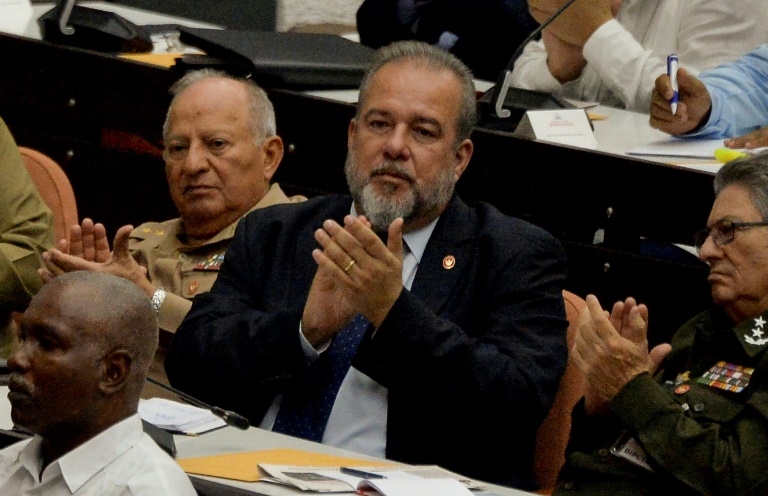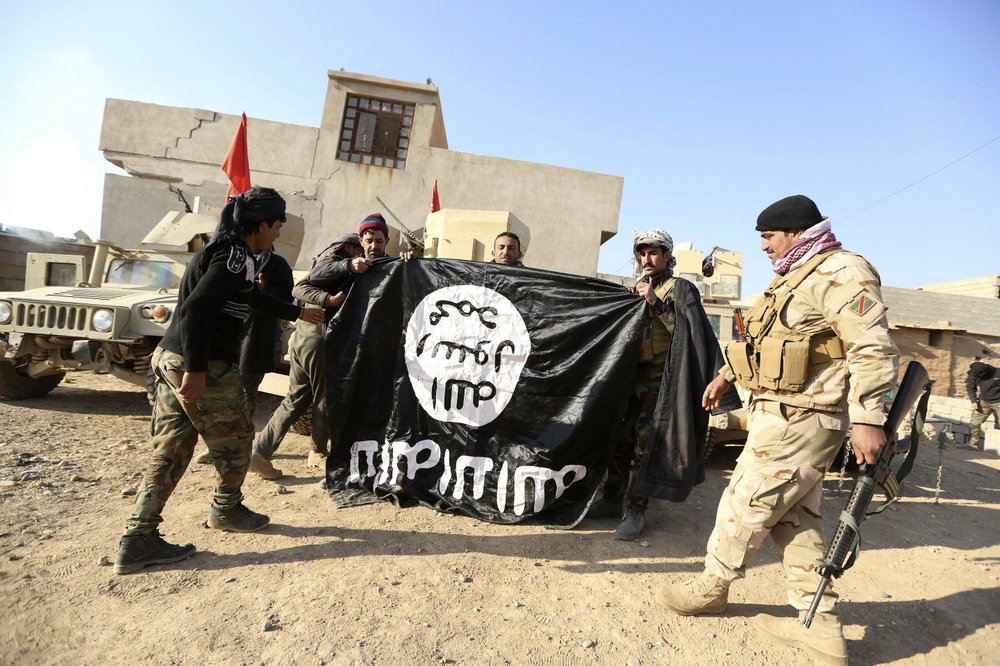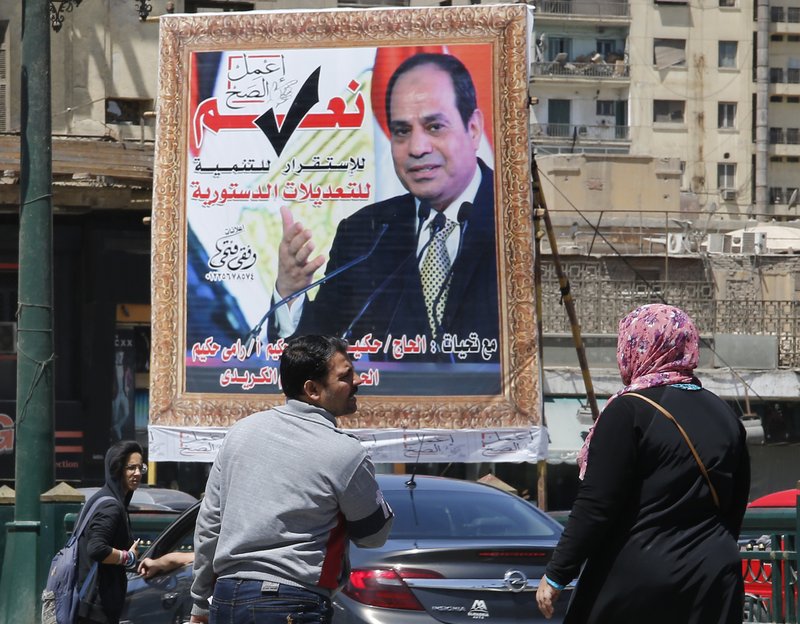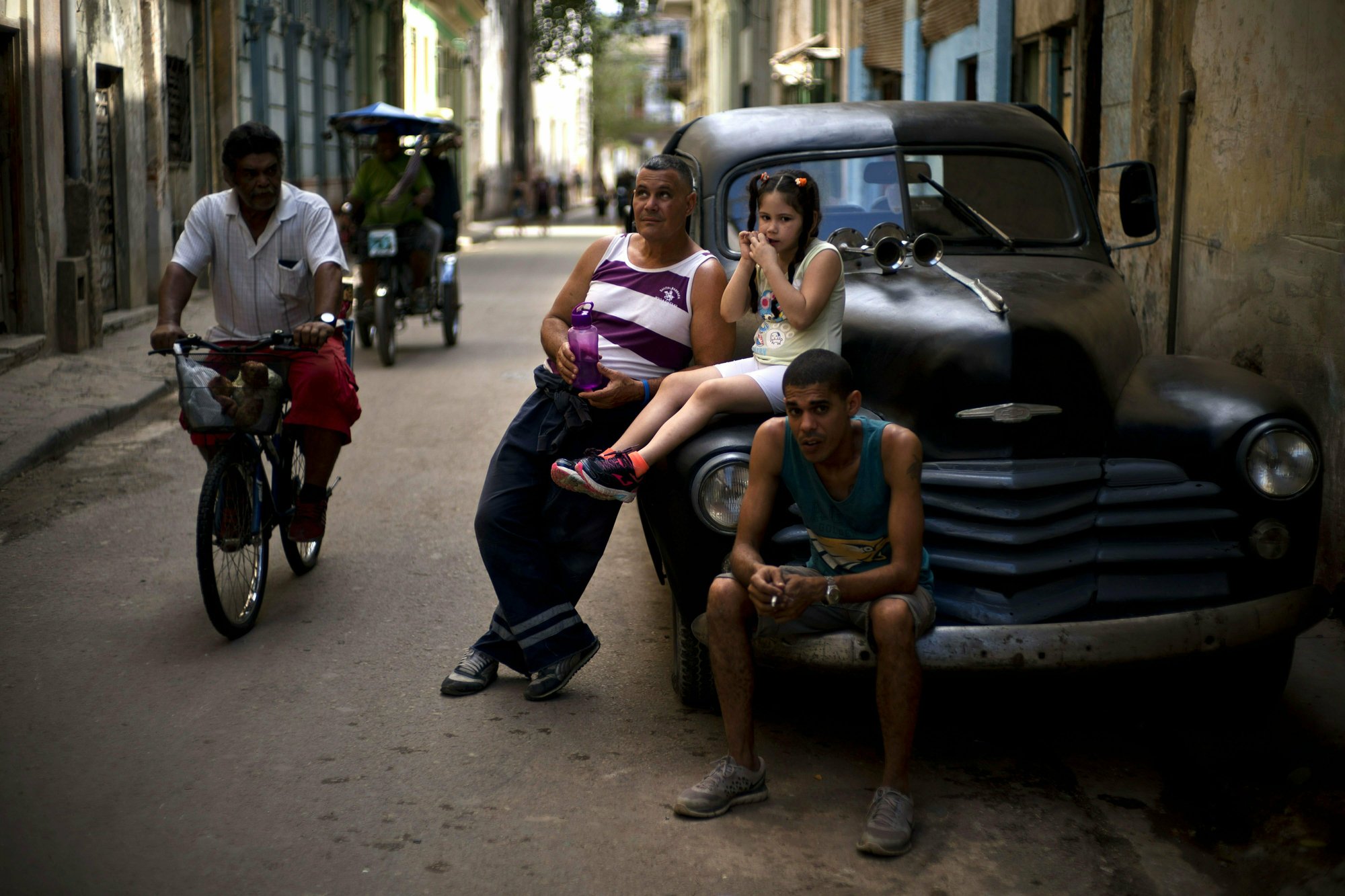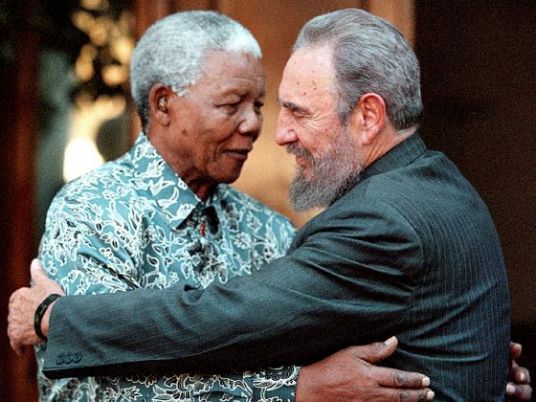
Fidel Castro, polictical leader of Cuba from 1959 to 2008, died on November 25, 2016.
Born Fidel Alejandro Castro Ruz on August 13, 1926, near Birán, Cuba, he will be remembered as the first leader in the Western Hemisphere who succeeded in transforming his country into a communist state.
Here are key events in the life of the Cuban leader, whose death at 90 was announced on Saturday:
– August 13, 1926: Castro is born in Biran, eastern Cuba, the third of seven children, son of a Spanish immigrant landowner and a Cuban mother who had been the family housekeeper. A fine student, Fidel was sent away from the farm to be schooled by Jesuits in Santiago.
– July 26, 1953: Leads a failed attack on Santiago de Cuba's Moncada military barracks. Castro is arrested and dozens of his men are jailed.
– December 2, 1956: After setting off from Mexico, Castro lands in southeastern Cuba on the ship Granma with 81 fighters and launches a 25-month-long military campaign in the Sierra Maestra mountains.
– January 1, 1959: Dictator Fulgencio Batista flees the country. Castro makes a victorious entry into Havana on January 8 and is appointed prime minister in February.
– April 15-27, 1959: Meets US Vice President Richard Nixon in the United States.
– 1960: Establishes diplomatic relations with the Soviet Union.
– 1961: The United States severs diplomatic relations with Cuba.
– April 17-19, 1961: Defeats 1,400 anti-Castro fighters in the US-backed Bay of Pigs invasion.
– February 13, 1962: US President John F. Kennedy decrees an embargo against Cuba.
– October 1962: The Soviet Union deploys missiles in Cuba but eventually agrees to withdraw them in exchange for guarantees that the United States would not invade Cuba.
– April 1963: Castro makes his first visit to the Soviet Union.
– 1965: Castro founds the Communist Party of Cuba.
– 1975: Sends troops to help Angola independence fighters.
– 1980: Gives green light to refugee exodus of 125,000 on the "Mariel boatlift" to the United States.
– 1990: Cuba plunges into extreme economic difficulties following the collapse of the Soviet Union.
– 1995: Castro visits China for the first time.
– 1998: Welcomes Pope John Paul II on his historic visit to Cuba.
– 1999: Launches a successful campaign for the return of six-year-old Cuban shipwreck survivor Elian Gonzalez from Florida.
– March 2003: Orders the arrest of 75 opposition leaders.
– July 31, 2006: Temporarily transfers power to his brother, defense chief Raul Castro, then 75, after what an official statement calls "delicate intestinal surgery".
– Late November-December 3, 2006: Fails to appear during celebrations for his 80th birthday and the 50th anniversary of the landing of the Granma.
– February 2008: Raul Castro is named president, taking the helm of government definitively.
– March 22, 2011: Fidel Castro confirms he no longer holds any official title. Pens a series of columns over the following years.
– December 17, 2014: Fidel Castro remains out of sight as Raul Castro and US President Barack Obama announce the normalization of relations.
– July 20, 2015: United States and Cuba reopen embassies in each other's capitals.
– November 25, 2016: Fidel Castro dies aged 90, Raul Castro announces.

